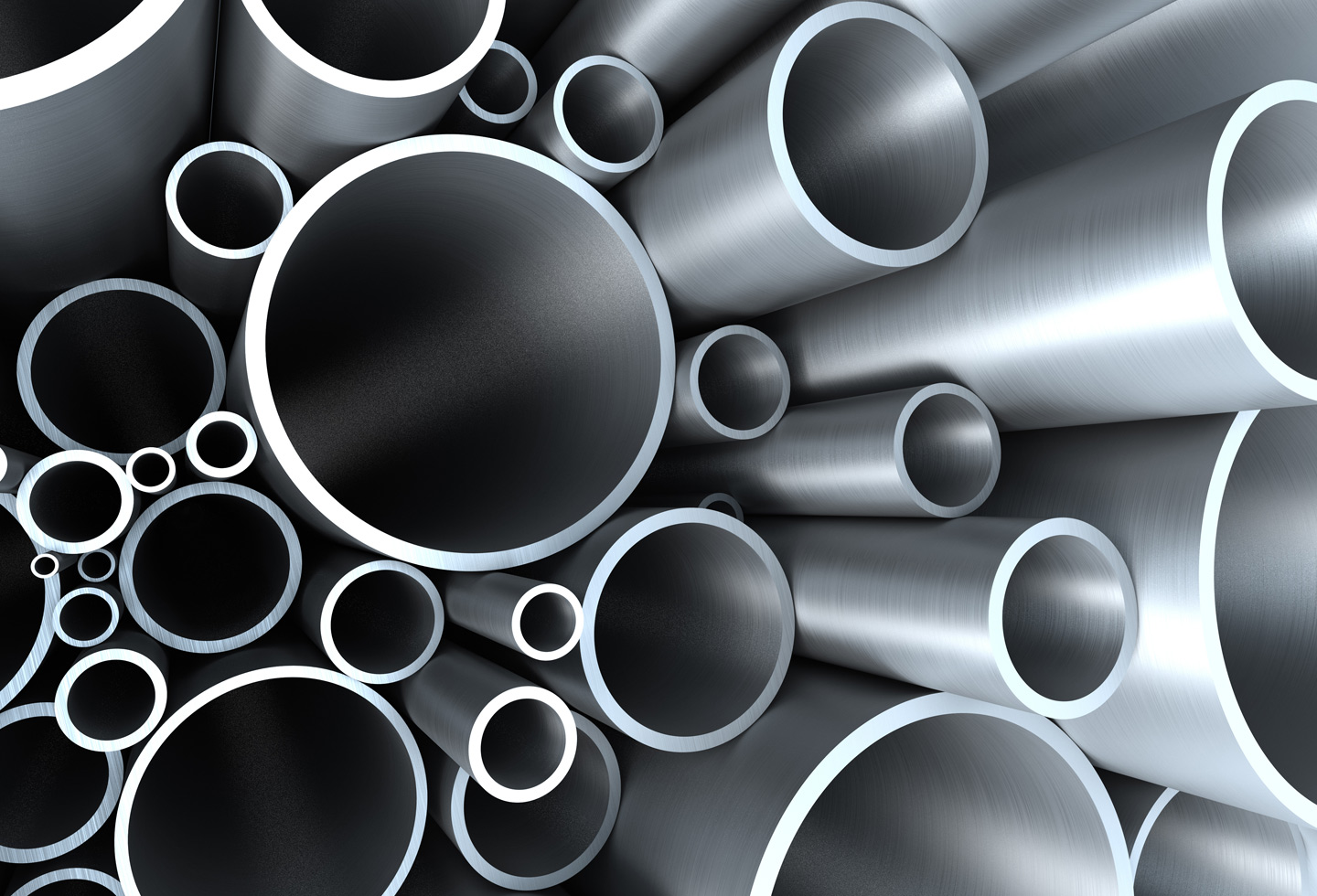
aluminium alloy price doubled in the last few mouth
Introduction
For buyers who frequently import from China, it might become a common scenario in the past couple months that you constantly received emails from your Chinese suppliers, informing you the tremendous turmoil in the Chinese commodities’ prices. To seriously tell you the truth, it’s the very fact that Chinese raw materials price are exploding.
Believe it or not, it has been many years that Chinese raw material markets didn’t go through such a big price fluctuation. According to the Chinese Medias, all raw materials prices are increasing sharply, including iron, chemicals, paper, glass etc. For instance, coal is now up 200% year-to-date; steel has also pointed at the record high 5,000 RMB/ton. PE plastic indexes are on a tear, jumping around 5.71% in the last three days alone. In particular, the paper price has gone up crazily. Since Dec., raw paper price is going up substantially 100-500 Yuan/ ton, while the paper board price is exploding by 20%. It’s no exaggeration to say that paper price is climbing double or even 3 times within one week. Unfortunately, nobody is able to say yet how long this will last.
Reasons behind the severity of recent big surge
Things become very serious this time. Many factories have told us a lot cost has increased and will keep increasing crazily. The rising of raw materials have brought such retaliatory price surge to the finished products. Chinese suppliers would tell you they have this reason to bring up their price accordingly. Not that I doubt it, but it’s right to some extent. Here, I am going to explain the reasoning behind the recent explosive move in Chinese raw material markets.
Reason 1: Coal Output Reduction
Let’s go back to couple years ago when Chinese government decided to cut coal production to improve its terrible air quality. They have worked on shrinking coal industry all the time, but things didn’t turn out as expected. This time, the government strengthened their efforts. But they may have worked too hard. As we all know, coal is the basic and critical source for Chinese people. But prices have gone up more than 50% this year after the government commanded a 16% production reduction to ease the air pollution pressure.
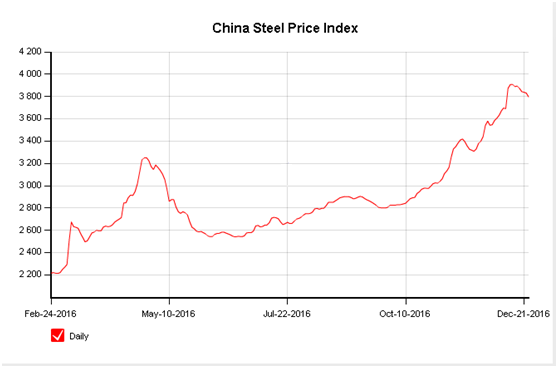
China steel price index
Some experts said, as a matter of fact, the number was way way bigger than the government planed. Due to the strict rule, a large number of illegal miners were closed down, which used to be attributed to over one third coal supply in China. As a matter of fact, due to this strict move, about 36% coal supply was cut off. However, with the winter coming, fuel demand peaks. That’s where the Chinese price turmoil mainly came from. The fuel output reduction backfired on the whole supply chain. While the fuel price is increasing, that’s reasonable why the whole Chinese manufacturing is going through this tremendous price explosion. For instance, due to the price surge of coal, steel price is dramatically boosted in the last 3 months.
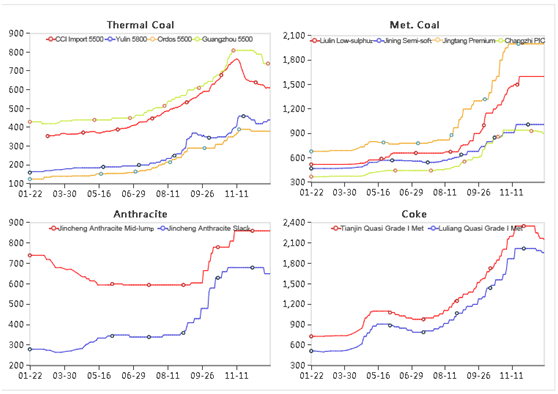
steel index
Reason 2: Sharp Rise on Chemicals Price
During the last half year, chemical materials have been keeping on the rise. For instance, in Chinese market, the price of TDI has crazily turned more than double to the record highs. At the beginning, its price was 10,000 RMB/ton, but now, it has spiked at 60,000 RMB/ton, the highest level since 2009. Similarly, NPG has been through a cumulative increase from 6000 RMB/ton to 13,800 RMB/ton. The chemical material price is astounding. More than that, nearly all chemical materials have clambered their price by more than 50%. In some cases, the price has spiked by 200%. Experts say that in the next long term, the prices of chemical materials still keep at the rising tendency. Due to the cost pressure, downstream factories have to nudge their price increasing as well.
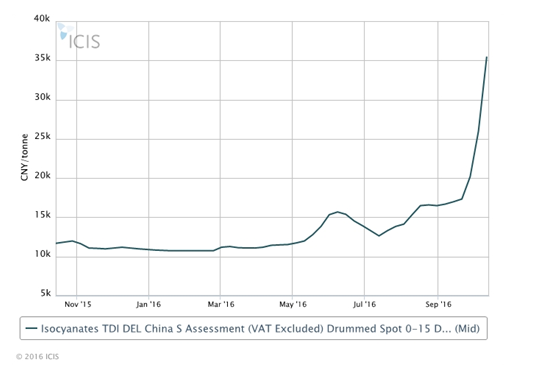
Isocyanates TDI DEL China
Reason 3: Transport Cost Climbs
Two forces from domestic and international sides have brought the blowout rising in transport cost. On the one side, crude oil is exploding higher all the time in these months. Crude oil futures are going up constantly in Asia, jumping around 5%. As we know, it’s not just oil prices that rise, the whole supply chain rises as well, because oil is used in many ways in plastic products and transporting. Plastic materials are the basic element in the market. Oil price goes up, and then all commodities that are involving with plastics are climbing too. What’s more, the cost of transporting goods of all types rises, since oil is used in all methods of vehicles.
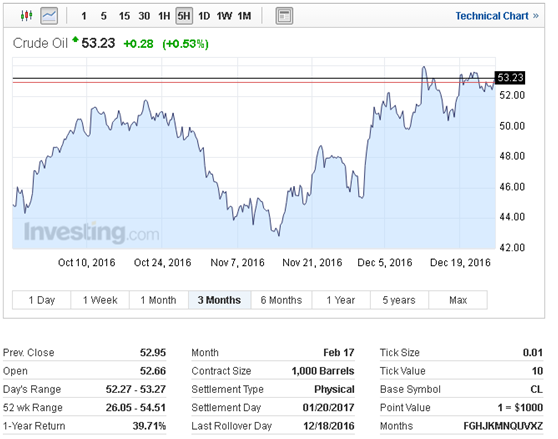
Transport Cost Climbs
On the other side, since Sept., 21st, China has executed the “historically strictest” new standards on the national highway freight transport vehicles, aiming to strengthen the management of road traffic safety, and reduce road traffic accidents. In the past, trucking companies used to transport heavy cargoes with improper trucks. That could not be a serious problem in China. But things changed now. The new standard clearly regulates that overloading or improper trucking will get a heavy penalty. Thus, trucking companies have to upgrade their truck capacity in order to comply with the new traffic rule. As a result, this move increases the cost of logistics. As far as we have concerned, the transport cost is going up substantially by 33.6%.
Reason 4: RMB decline
RMB depreciation is another force to push up the rising raw materials prices. How comes? The depreciation of Yuan now plays large impacts on various industries in many economies. China’s Yuan has tumbled to its lowest in nearly eight years against the dollar. It is a good indication to stimulate the manufacturing export business. The whole industry began talking about the positive stimulus. Downstream factories get the impression that export will be booming in the short term. Meanwhile, with the raw material price is going up. They begin to store up stock, as many as possible. As a result, the raw materials price began to rise higher in response.
However, RMB depreciation would place negative impacts on importing, especially for some certain fields. For instance, concerning about the environment protection, China chooses to import wood from Russia, Australia, Canada, and Africa, etc. About two thirds raw woods are imported from Russia. Mostly, those international transactions are paid in USD. Since the USD keeps rising, it costs more RMB for Chinese factories to import raw woods. They will push those extra costs up the supply chain. Thus, overall prices of furniture and building supplies are rising as well.
Tips
Since the commodity price volatility is inevitable, then how you can do your best to save your margin?
Tip 1: Double check the Price
Your regular suppliers would tell you they have to raise up their products prices accordingly due to the rising raw materials. Yes, that indeed makes sense. But what you need pay attention to is that, how much they are going to increase. For example, if the raw material cost is going up by 30%, does it need to boost their finished product by 30% accordingly? That’s not true. In some cases, your suppliers will lie to you. Don’t fall into that trap. A wise businessman will check that price by inquiring couple more suppliers. Another one-to-all solution is to check the price on Alibaba.com. There you can find the prevailing price in Chinese market. Find a competitive price to keep yourself on the edge.
Tip 2: Wait until the price recovery
Wait a while until the unreasonable price recovers to its normal stage if your order is not that urgent. Chinese government won’t let the market go to the wrong end. It’s not a rare thing for government to bring persistent interventions to the market. Rest assured, such a price fluctuation won’t last long. Don’t forget to let your suppliers mention you of any price change in the raw materials, especially when the price is decreasing. At the same time, you can search your products from other developing markets. If you are in urgent for the order, it will be a good idea to find a competitive replacement from other markets temporarily.
Tip 3: Get the Leverage in Payment
To tell you the truth, you can get the leverage in the payment. For now, RMB is keeping depreciating, while the USD is going up and up. Play the mechanism. You can get some benefit if the payment is settled in RMB, while the supplier considers it profitable to pay in the USD. You can ask your supplier to make a price budge if you agree to pay in the USD. Most of the supplier would happily make a concession.
Tip 4: Make Pre-orders
In some cases, the current price hasn’t been over your budget. You can easily handle with the raw material price right now. Then we suggest you to pre-order those materials with anticipation on a long-time increase, especially in the case when your product is a fairly hit in your market. You won’t want to take that risk of running out of the stock.








Comments